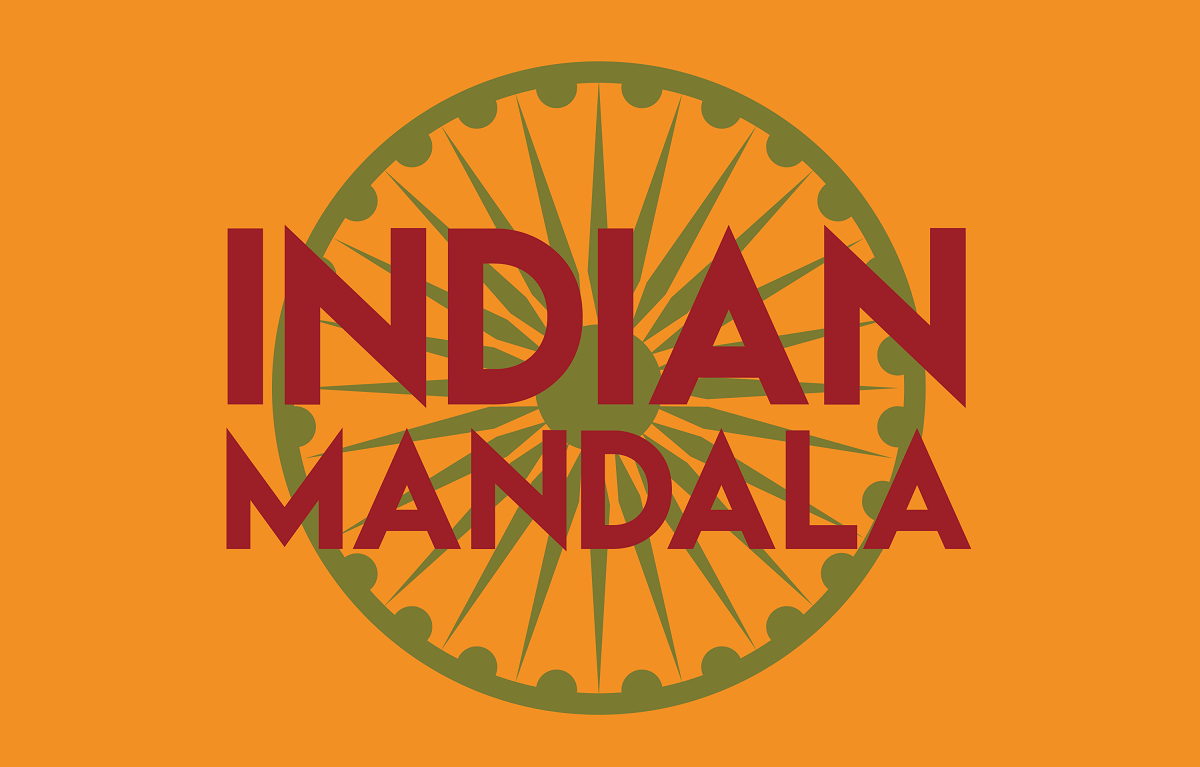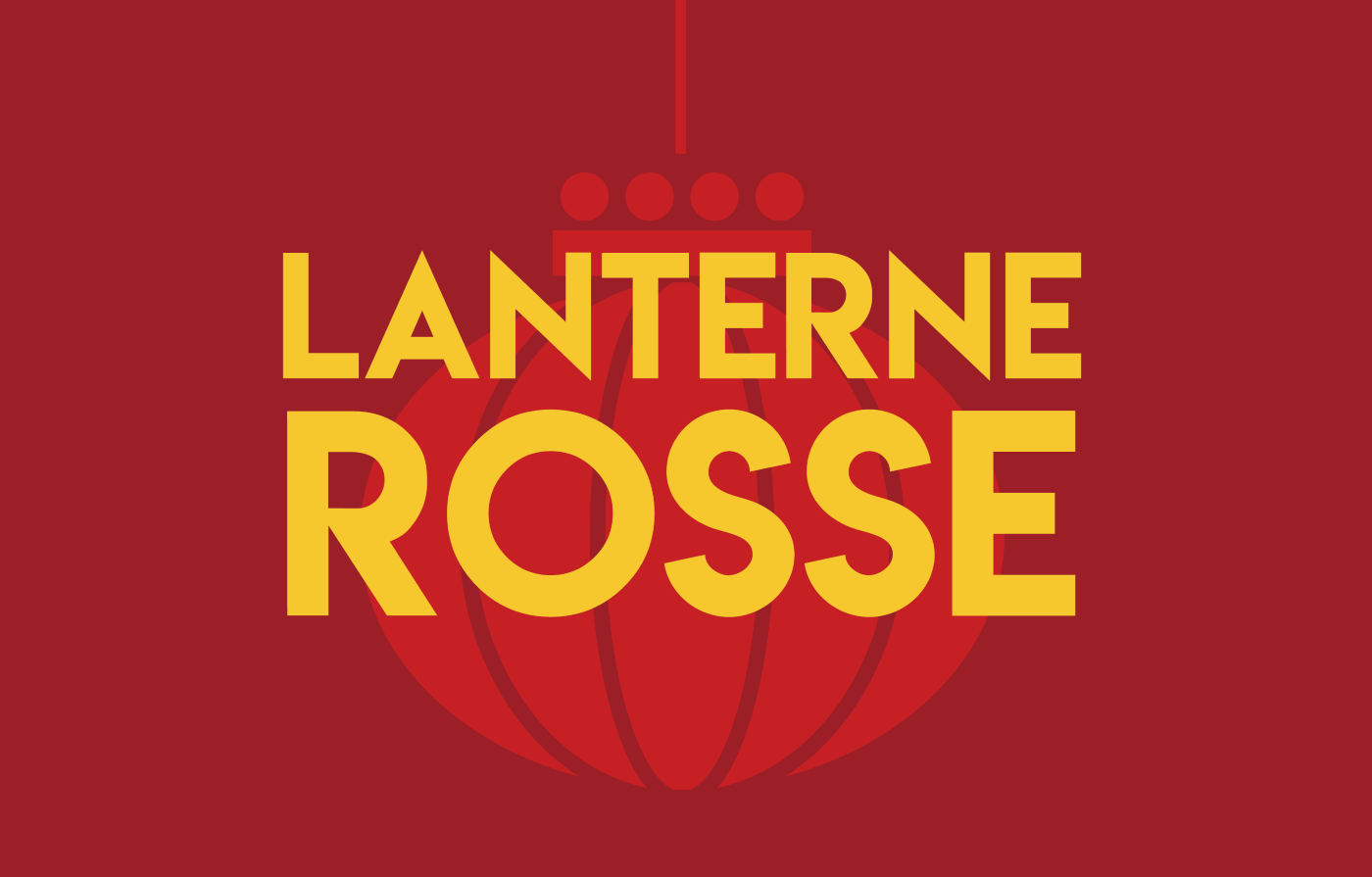Bihar: BJP routs opposition thanks to welfare schemes and women’s vote
The Bharatiya Janata Party-led alliance won a landslide victory in the Bihar elections, largely outperforming the opposition Mahagathbandhan bloc. The Modi government’s cash transfer programmes for women and youth played a decisive role. Voter turnout among women exceeded that of men for the first time.
Patna (AsiaNews) – The National Democratic Alliance (NDA), composed of the Bharatiya Janata Party (BJP) and the Janata Dal (United), won the Bihar elections, securing over 200 of the 243 seats, its best result to date.
The NDA won 47.2 per cent of the total vote, surpassing the opposition Mahagathbandhan (MGB), which took 37.3 per cent.
Winning such a large number of seats was made possible because of India’s electoral system, which amplifies the winner’s advantage in the case of polarisation. This has been the case in recent years, even though Bihar has traditionally very fragmented politically.
According to much of the local press, the NDA’s performance depends largely on Prime Minister Narendra Modi’s personal popularity. Others, however, have highlighted an increase in seats for the Janata Dal (United), which won more than 80, whose leader, Nitish Kumar, has served as the state’s chief minister for two decades.
According to several observers, one of the main reasons for the BJP alliance’s victory was the billions of rupees offered to women and young people in the form of direct cash transfers to finance education and entrepreneurship.
The role of women was central. For the first time, the turnout among women voters was higher than among men voters, with an impressive 72 per cent versus 63 per cent, with a 10-20 percentage point advantage in many districts.
Their participation favoured the NDA, largely thanks to welfare schemes such as the “Mukhyamantri Mahila Rozgar Yojana” (Chief Minister Women Employment Scheme), which provides women with 10,000 rupees.
Bihar has the youngest population among Indian states. Government data shows that 40 per cent of the state’s 128 million residents are under 18, while approximately 23 per cent are aged 18 to 29.
According to the World Bank, one in three families lives in extreme poverty, making Bihar the poorest state in India.
The elections, held in two rounds on 6 and 11 November, saw a turnout of nearly 67 per cent, also the highest ever, out of 74 million voters.
In recent months, however, the opposition had accused the BJP of conducting a voter list review that purged the names of more than four million voters, favouring Prime Minister Modi’s ultranationalist party.
The victory was also aided by the return of Chirag Paswan’s Lok Janshakti Party (Ram Vilas) to the NDA bloc, which alone contributed 5.5 per cent of the vote. Paswan emerged as one of the biggest winners.
Other experts also say the NDA has built a diverse coalition based on different caste identities. The BJP has consolidated support among the upper castes, while the JD(U) and the LJP (RV) have garnered support from backward communities and Dalits.
The opposition, led by Tejashwi Yadav, suffered a serious setback. The failure of the Mahagathbandhan alliance was compounded by what analysts have called the spoiler effect, the presence of smaller parties that split the vote.
But the biggest loser is the Indian National Congress, which might end up with only three seats. Party leader Rahul Gandhi’s campaign, focused on the issue of voter registration manipulation, appears to have failed to engage voters.
INDIAN MANDALA IS THE ASIANEWS NEWSLETTER DEDICATED TO INDIA. WOULD YOU LIKE TO RECEIVE IT EVERY FRIDAY? TO SUBSCRIBE, CLICK HERE.







.png)










